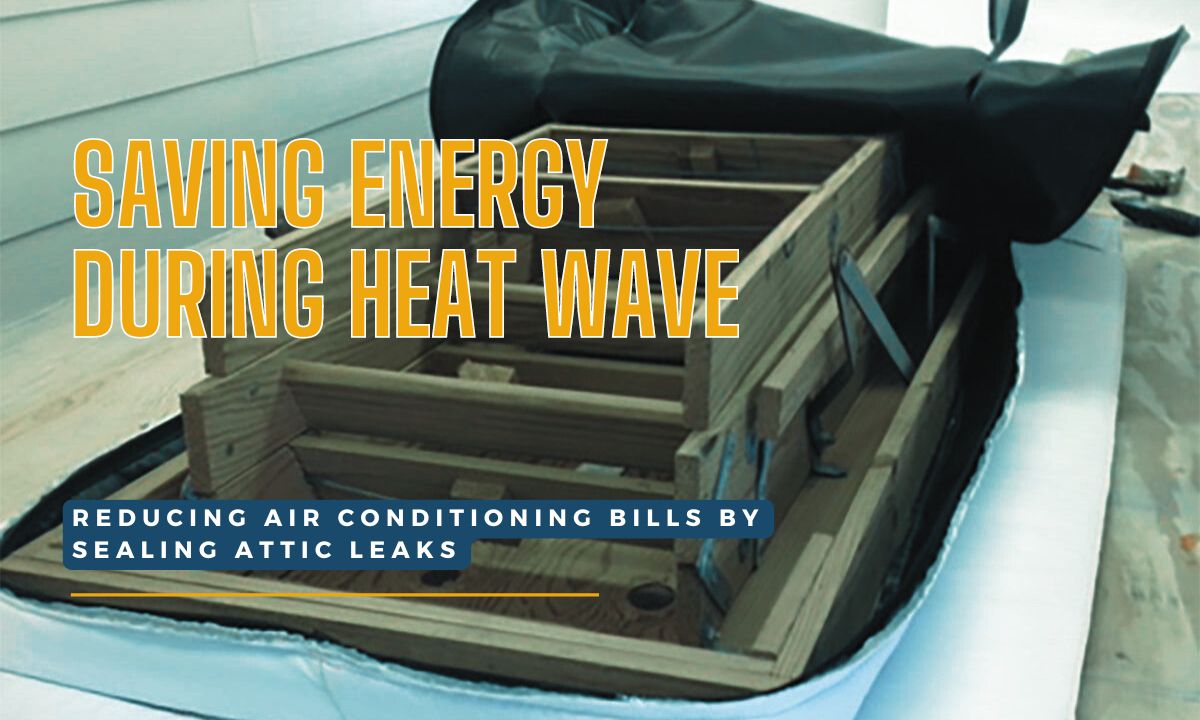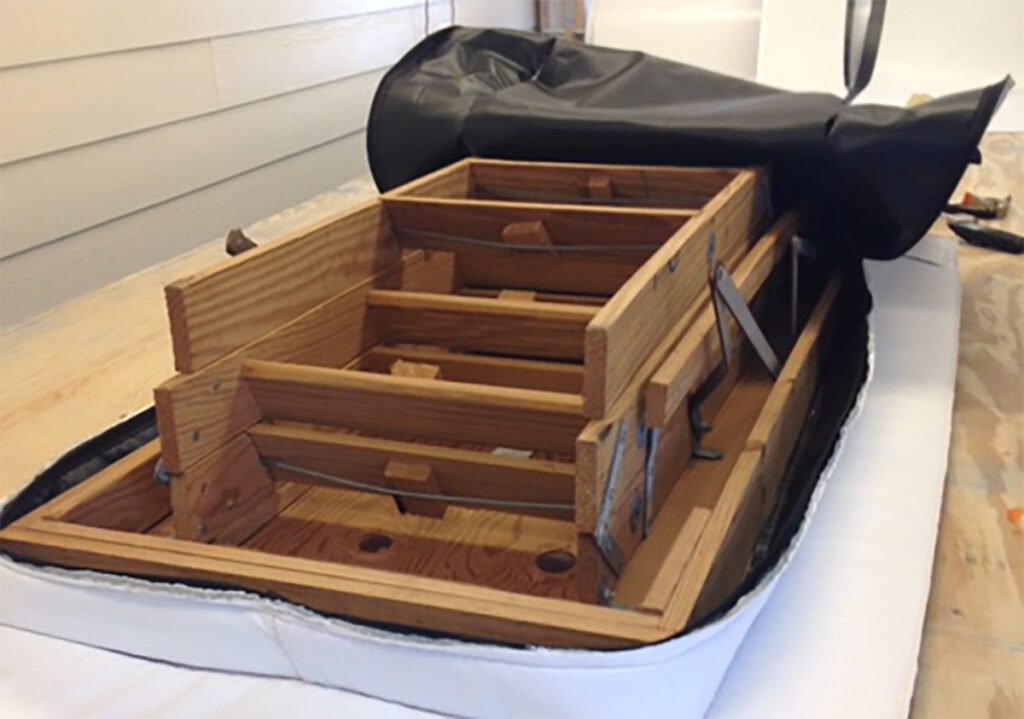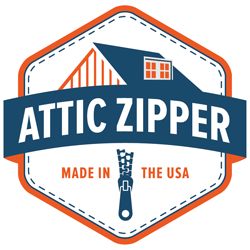
25 Jun Saving Energy during HEAT WAVE
Beat the Heat: Reducing Air Conditioning Bills by Sealing Attic Leaks
As heat waves become more frequent and intense, managing air conditioning (AC) costs can be challenging. One effective way to reduce your AC bills is to ensure your home is well-sealed, particularly the spaces between your living areas and the attic. By addressing these often-overlooked gaps, you can significantly improve your home’s energy efficiency. One innovative product designed to help with this is the Attic Zipper, available from AtticZipper.com.

Table of contents
Understanding the Problem
During extreme heat, your AC works overtime to keep your home cool. However, if there are leaks or gaps between your living space and the attic, the cool air your AC produces can escape, while hot air from the attic can infiltrate your home. This exchange not only makes your AC work harder but also increases your energy bills. Sealing these gaps can prevent this unwanted airflow, maintaining a more consistent indoor temperature and reducing strain on your AC system.
The Role of the Attic Zipper
The Attic Zipper is a specialized product designed to seal the often problematic access points to your attic, such as pull-down stairs, scuttle holes, or knee-wall doors. These areas are notorious for being leaky, allowing conditioned air to escape and unconditioned air to enter. The Attic Zipper creates a tight seal around these openings, ensuring your cool air stays where it belongs.
Benefits of Sealing Attic Leaks
- Energy Savings: By preventing air leaks, your AC doesn’t have to work as hard to maintain your desired temperature, leading to lower energy consumption and reduced utility bills.
- Enhanced Comfort: A well-sealed home means more consistent temperatures throughout your living spaces, eliminating hot and cold spots.
- Increased HVAC Longevity: Reducing the workload on your AC can extend its lifespan, saving you money on repairs and replacements in the long run.
- Environmental Impact: Lower energy usage not only saves money but also reduces your home’s carbon footprint, contributing to a more sustainable environment.
Steps to Seal Attic Leaks with the Attic Zipper
- Identify Problem Areas: Inspect your home to identify where leaks might be occurring. Common culprits include attic doors, pull-down stairs, and any other attic access points.
- Measure and Install: Once you’ve identified the problem areas, measure the openings to ensure you get the right size Attic Zipper product. Installation is straightforward and can often be done as a DIY project. The Attic Zipper comes with easy-to-follow instructions and can be installed with basic tools.
- Check for Other Gaps: While the Attic Zipper handles major access points, don’t forget to check for other leaks. Use weather stripping, caulk, or spray foam insulation to seal around windows, doors, and any other potential air leaks.
- Regular Maintenance: Make it a habit to check your attic access points periodically to ensure the seals remain intact and effective. Over time, seals can wear out, and regular maintenance will keep your home energy-efficient.
Additional Tips for Reducing AC Bills
- Use Programmable Thermostats: Set your thermostat to adjust the temperature when you’re not home or during cooler parts of the day.
- Upgrade Insulation: Proper insulation in your attic and walls can further reduce heat transfer, enhancing your home’s overall energy efficiency.
- Maintain Your AC: Regular maintenance, such as changing filters and cleaning coils, can improve your AC’s efficiency and performance.
- Utilize Fans and Natural Ventilation: Ceiling fans and cross-ventilation can help circulate air, reducing the need for continuous AC use.
Conclusion
In the battle against rising AC costs during heat waves, sealing the gaps between your home and attic can be a game-changer. Products like the Attic Zipper from AtticZipper.com offer an effective and easy-to-install solution to keep your cool air inside, where it belongs. By taking steps to seal these leaks, you can enjoy a cooler home, lower energy bills, and contribute to a more sustainable future.



